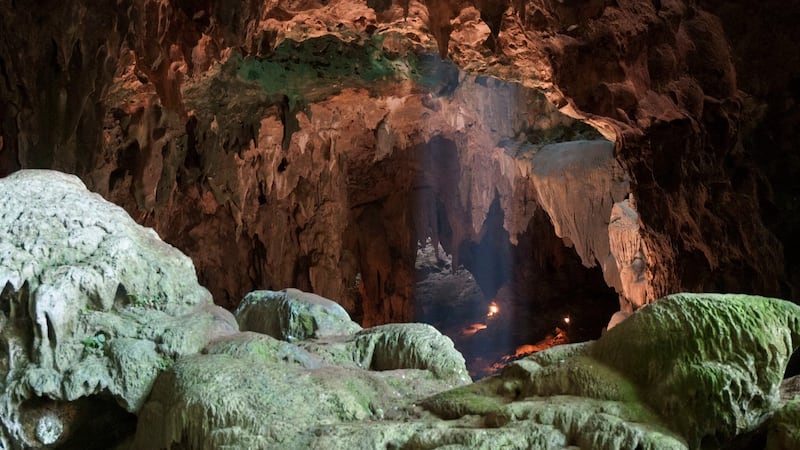A previously unknown species of human that lived at the same time our ancient ancestors were colonising Europe has been discovered in the Philippines.
Bones and teeth of the newly described "hominin" were found in Callao Cave on Luzon, the largest island in the Asian archipelago. They contain a mixture of old and new features that have excited scientists and threaten to overturn accepted theories of human evolution. Hominins are members of the human family tree more closely related to one another than to apes. Today, only one species of this group remains, Homo sapiens, to which everyone on Earth belongs.
It was a different story 50,000 years ago, when several varieties of hominin co-existed. They included our own species, H Sapiens, and Neanderthals, both living in Europe and western Asia, the Denisovans in Siberia, and the diminutive H floresiensis — nicknamed "hobbits" — from Indonesia. Now another name has been added to the list, Homo luzonensis, after scientists analysed an unusual set of fossil remains from Callao Cave.


Several feet and hand bones, a partial thigh bone, and teeth from at least three individuals were unearthed and dated to a time period in the late Pleistocene era as recent as 50,000 years ago. The teeth are highly unusual. While the molars of H luzonensis were strikingly small — similar in size to those of modern humans — they shared other characteristics with those of far more primitive hominins, including one known for its massive jaws and teeth. One of the foot bones examined had an anatomy distinct from all other known hominins, including modern humans.
In addition, H luzonensis had toes identical to those of Australopiethecus, a primitive species that lived in Africa at least two million years earlier. It also had primitive looking fingers, and both the fingers and toes were curved — suggesting that the creature liked to climb.

Writing in the journal Nature, Dr Florent Detroit, from the Museum of Natural History in Paris, France, and colleagues conclude: "The discovery of H luzonensis underscores the complexity of the evolution, dispersal and diversity of the genus Homo outside of Africa, and particularly in the islands of south-east Asia, during the Pleistocene." All species of human, both living and extinct, are believed to have originated in Africa. They then moved out in two major waves of migration hundreds of thousands of years apart. The sole representative of the first wave is widely thought to have been
Homo erectus, an intrepid traveller who spread across the globe more than 1.5 million years ago. However, this theory has looked increasingly shaky in recent years, especially with the discovery in 2004 of H floresiensis on the Indoniesian island of Flores. The latest find throws up even more doubts.
Commenting in Nature, Canadian anthopologist Dr Matthew Tocheri, from Lakehead University in Ontario, writes: “H luzonensis provides yet more evidence that hints that H erectus might not have been the only globe-trotting early hominin.” He adds: “Because H Luzonensis provides the first glimpse of a second hominin species living on a distant island at a time when H sapiens populations from Africa were beginning to spread across the world, one thing can be said for certain — our picture of hominin evolution in Asia during the Pleistocene just got even messier, more complicated, and a whole lot more interesting.”– PA








